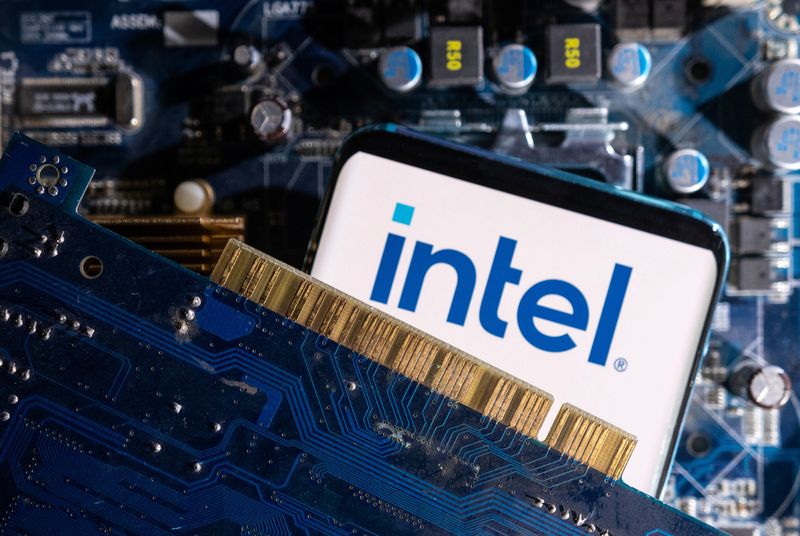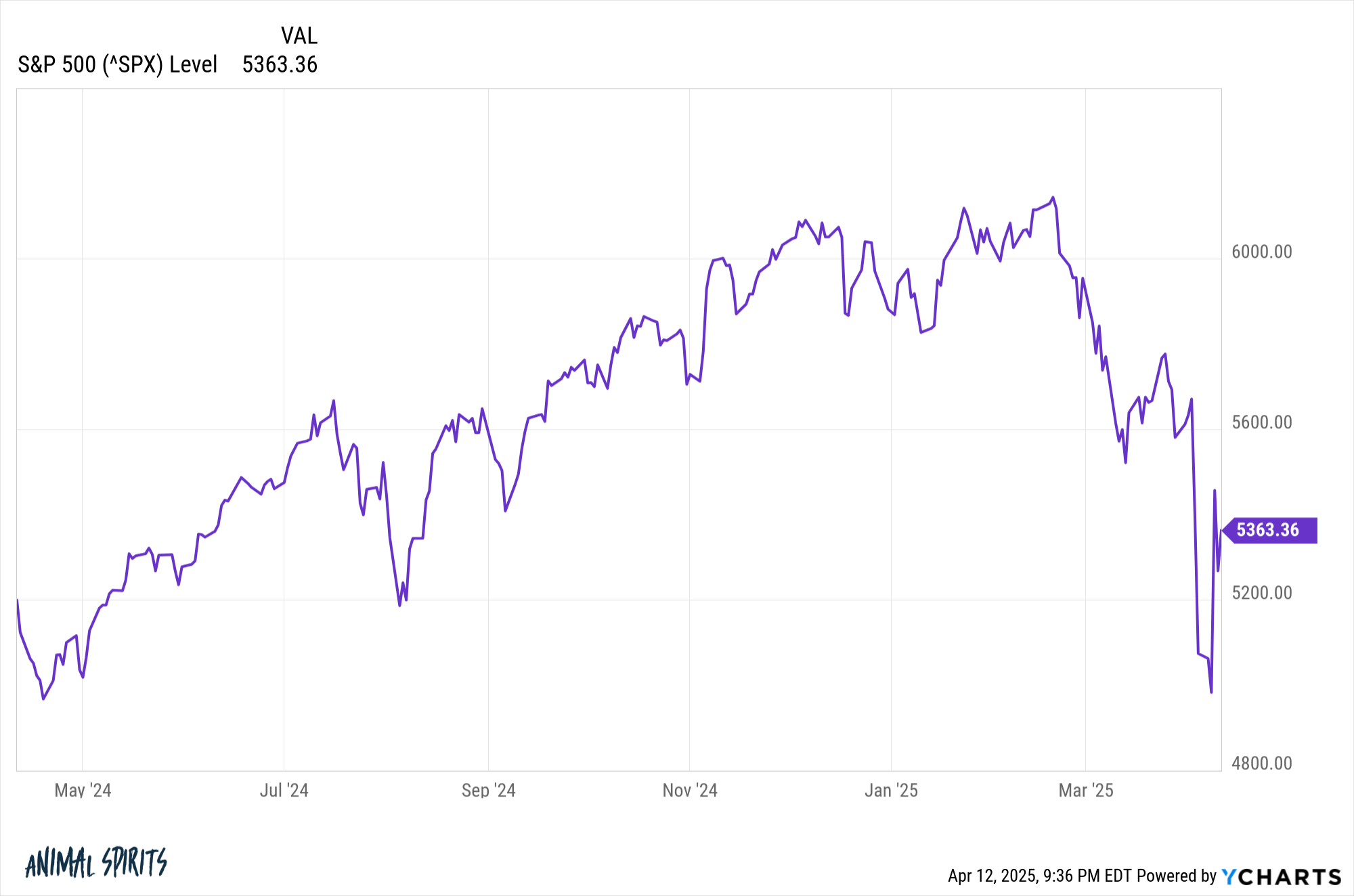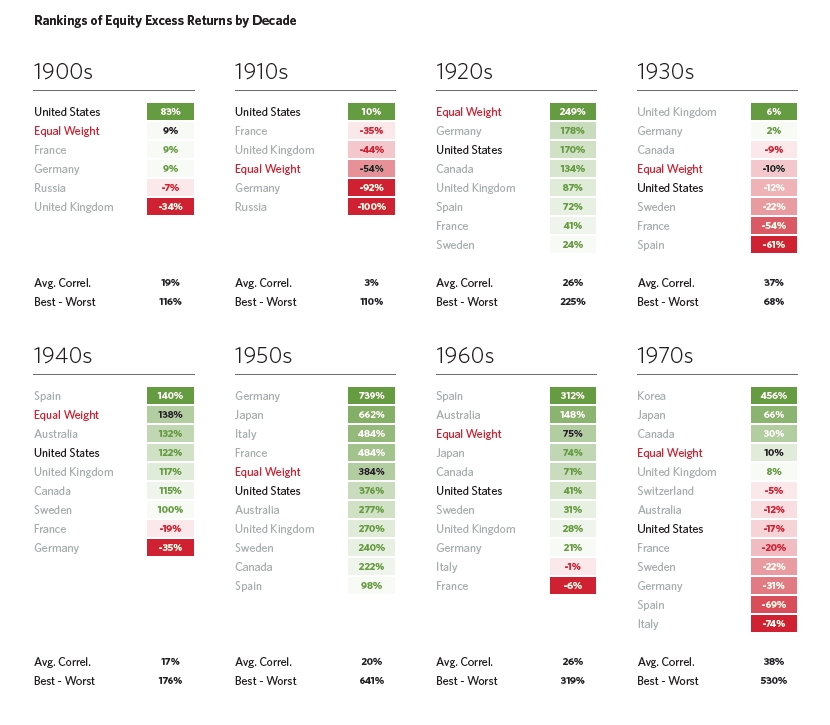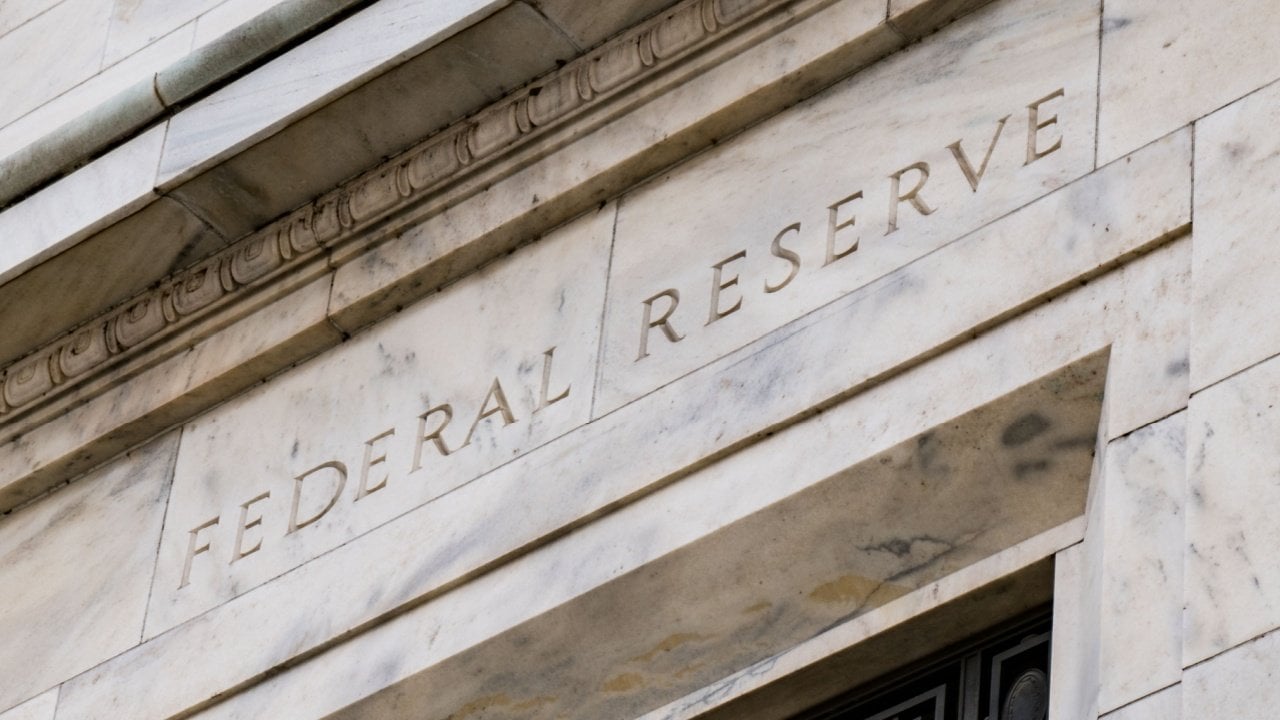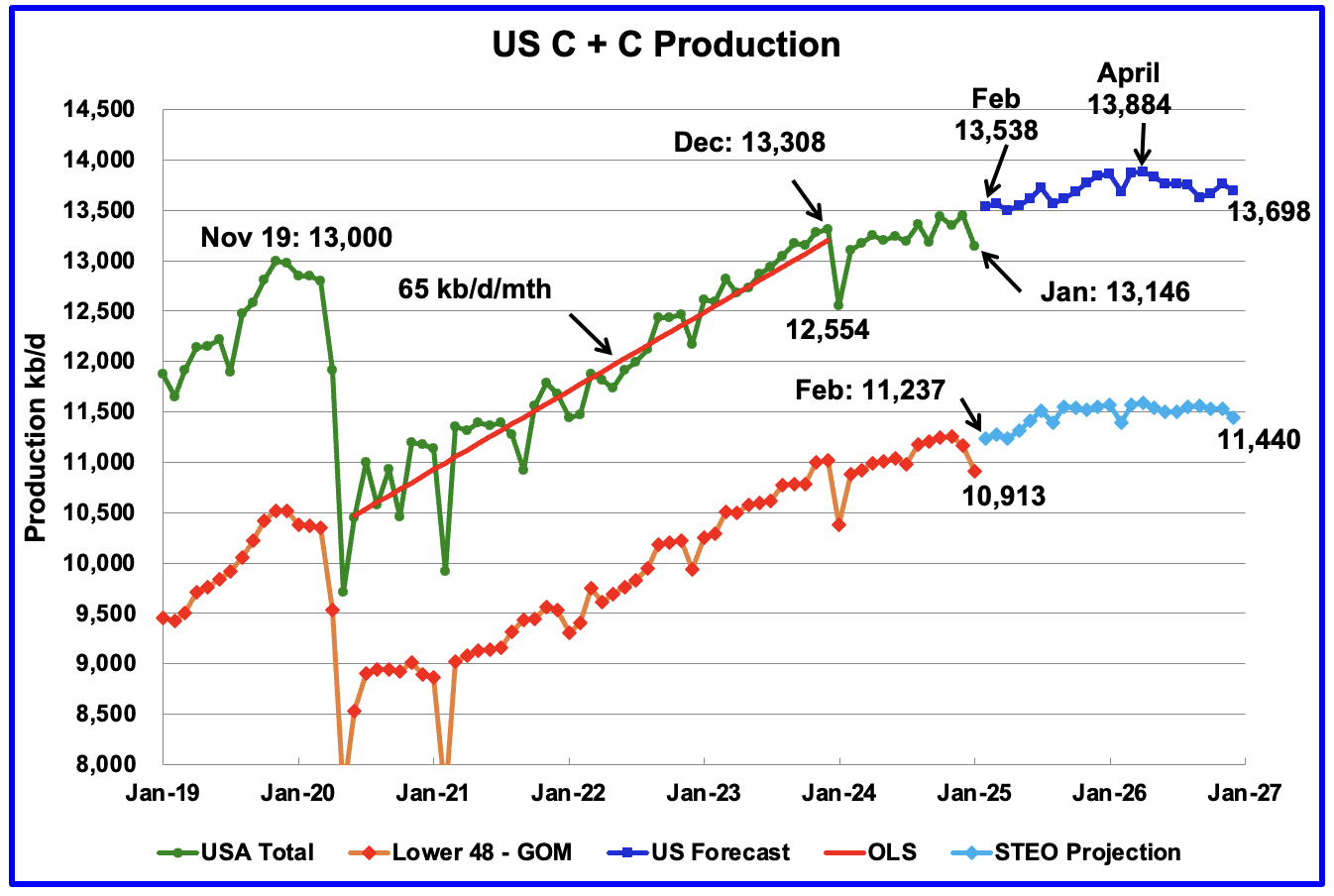Is Your 401(k) on Track? What Most People Get Wrong About Retirement Savings
One of the most important questions anyone can answer is whether or not their retirement savings are on track. Given current world events, this question is more meaningful than ever as millions of Americans, especially baby boomers, are staring retirement straight in the eye. As you save for retirement, knowing if your retirement savings are […] The post Is Your 401(k) on Track? What Most People Get Wrong About Retirement Savings appeared first on 24/7 Wall St..

One of the most important questions anyone can answer is whether or not their retirement savings are on track. Given current world events, this question is more meaningful than ever as millions of Americans, especially baby boomers, are staring retirement straight in the eye.
It’s so crucial that you are planning appropriately with your 401(k) account and retirement.
Picking the right age to retire can dramatically impact how much money you have to live on.
If you retire too early, ensure you have enough income until Social Security and Medicare kick in.
Are you ahead, or behind on retirement? SmartAsset’s free tool can match you with a financial advisor in minutes to help you answer that today. Each advisor has been carefully vetted, and must act in your best interests. Don’t waste another minute; get started by clicking here here.(Sponsor)
Key Points
As you save for retirement, knowing if your retirement savings are on track, specifically your 401(k), is invaluable. The hope is that you have planned accordingly and maxed out both your and your employer’s contributions where possible to have the most money in later years. So, how do you really know if your 401(k) is on track, and if not, what can you do?
12. Pay Attention To Fees

With far too many people, they ignore the impact of fees on a 401(k) account, which, even at 1%, could be upward of tens of thousands of dollars over time before retirement kicks in. It’s super important that you look into whatever account you have and whether or not there are fees that you need to calculate into your hopeful dollar amount before walking away from the workforce for good.
11. Don’t Retire Too Early

While the FIRE movement would have you believe it’s okay to retire early, even retiring as early as 62, when you can first withdraw money from Social Security, can be a risk. If you leave too early, you dramatically reduce your Social Security benefit, and at 62, you still need to pay for private medical insurance until Medicare kicks in at 65.
10. Healthcare Costs

While Health Savings Accounts are a good idea to help offset these costs, Fidelity estimates that in 2025, a 65-year-old couple will need around $300,000 for out-of-pocket healthcare expenses while retired. There is a myth that Medicare covers everything, but it doesn’t. Supplementary plans, private or otherwise, cost out-of-pocket money before you even consider long-term care insurance, which could help you avoid additional costs as much as $100,000 per year.
9. Are You Considering Inflation?

One of the things that far too many people get wrong about their retirement savings is that they ignore the effects that inflation will have on their spending. In 2025, inflation is hovering around 2.9%, meaning $100 in 2024 now has the same buying power as $103 in 2025.
Consider this 10, 20, or 30 years from now. For example, in 2005, $100 would only have the same spending power as $167 in 2025, which shows you how much additional money you will need to counter inflation.
8. Safe Withdrawal Rate

This idea will be echoed throughout this article and many others, but if you look at your 401(k) value, your focal point should be what a 4% withdrawal would look like against how much you plan to spend while retired. The SWR isn’t something you have to stick to, but it gives you a starting point to consider based on where you plan to live and the cost of living.
7. Boost Contributions

Let’s say you are concerned that your 401(k) won’t be enough for retirement. You could consider boosting your savings by aiming for around 15% of your post-tax income. This money could be put into taxable brokerage accounts where you are looking for 6-8% growth while being somewhat risk averse. How much risk you are taking varies by age, but it’s good to diversify and grow wealth in multiple places.
6. Passive Income

When you consider your 401(k) accounts and Social Security, the latter of which only covers at most 40% of your estimated retirement expenses, don’t ignore the potential for a side income after retirement. This could mean rental properties you purchased while working or dividends earned from your stock holdings, which could reduce your reliance on a 401(k) account.
5. Health Savings Accounts
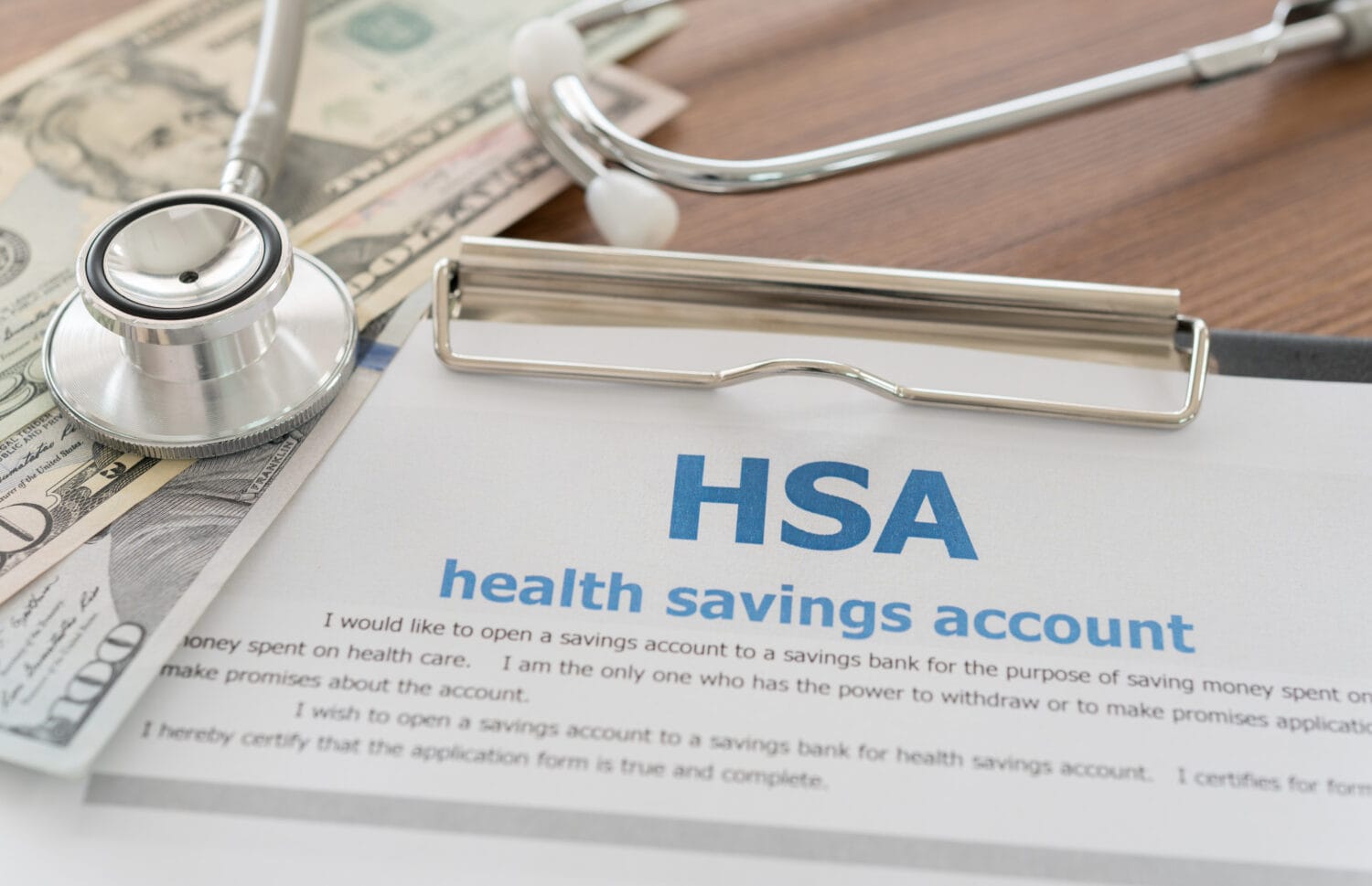
Often considered a missing retirement account link, Health Savings Accounts are a triple tax-advantaged way to put money aside for medical expenses. As these expenses can frequently grab up chunks of your retirement budget, putting money aside for health emergencies down the road can create peace of mind in a very meaningful way years from now.
4. Not Just 401(k)

Here’s the hidden reality that most people know: your 401(k) isn’t likely enough to retire comfortably. If you want guaranteed retirement income, you will want to pair this account or accounts with other investment vehicles like Traditional or Roth IRAs, taxable brokerage accounts, and potentially even annuities.
3. Max Contributions

It goes without saying that if you are not maxing out your 401(k) contributions, you are doing something wrong. In 2025, the max contribution is $23,500, so you should be doing precisely this unless you are over 50, which, in which case you add another $7,500 to your max contribution and still take advantage of employer matching.
2. Rule of 25

Another potential way to determine how well your 401(k) performs is known as the Rule of 25. This idea will ask you to multiply your desired retirement income by 25. In other words, if you plan to spend $50,000 annually in retirement, you’ll need $1.25 million in savings based on the 4% Safe Withdrawal Rate. You want to be on track with this number to live comfortably for 30 years.
1. Fidelity Guidelines

If you’re a Fidelity investor, they have a general rule of thumb about how much you should have saved for retirement. By the time you are 30, you should have 1x your annual salary, by 40 you should have 3x, and by the time you are 67, you should have 10x (12X would be better) your current annual salary saved up for retirement. The caveat is that this isn’t customized to your needs, so take it as a general rule of thumb.
The post Is Your 401(k) on Track? What Most People Get Wrong About Retirement Savings appeared first on 24/7 Wall St..

































